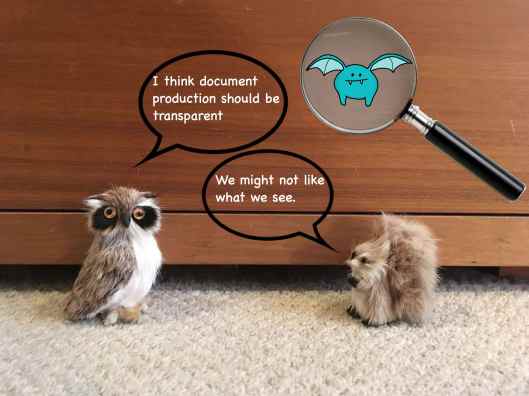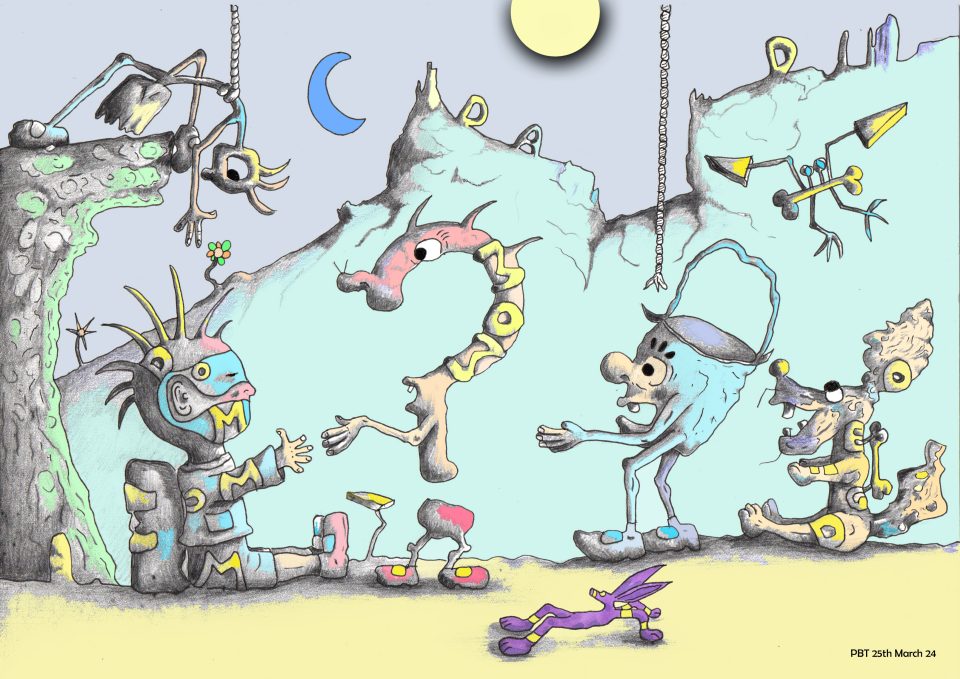A recent case where a mother and her children were wrongfully separated by a local authority, raises ongoing and very serious concerns about professional conduct inside the child protection sector.
In this case the mother was incorrectly accused of filming and taking part in a video which showed a woman abusing a child. Whilst the woman in the video was later found not to be the mother, and the child not the daughter, police did not share these facts with the local authority until care proceedings took place in November. As a result of the non disclosure, the children were placed in care and spent 10 months in a fostering placement before care proceedings began.
The implication from the article in Community Care is that the police appear to have been embarrassed by the error, and so instead of admitting the individuals in the video were not the mother and child in question, decided not to share this information until perhaps forced to do so by court disclosure rules.
And there’s more. The local authority social work team handed this brief to an inexperienced social worker who was not given proper support or supervision during her handling of the case. During an interview with the daughter, the social worker showed the girl a pixelated image of the girl in the video and asked if it was her, despite knowing it was not, and also told the girl that the photo had come from a family album.
The local authority’s lawyer and a manager then doctored the social worker’s final parenting assessment in such a way as to implicate the mother.
And although the judge residing over the case concluded that the mother’s and the children’s human rights had been breached and then went on to fine the local authority and the police £20,000 for the conduct which resulted in those breaches, Justice Cobb still ruled that no negligence, or professional misconduct had occurred.
Whilst concealing evidence and conducting poor quality interviews which feature deception and ethical malpractice continue to dominate the worst child welfare cases, we are most concerned by the editing of child protection documents, especially by individuals who have not produced them, as happened here. The parenting assessment edits in this case were clearly made to influence the judge’s opinion and bring about an outcome which would have covered up police and local authority error, and yet amending documents in child protection cases is still treated far less seriously than it should be.
At Researching Reform we would like to see proper processes put into place for any proposed edits or amendments in child protection documents, and this would include ensuring that errors once spotted, whether by professionals or families, are corrected through a thorough and transparent document production policy. It is an area we are passionate about and believe needs looking into.
What a document production policy might look like:
- Child welfare professionals must produce documents in line with best practice guidelines whilst adhering to law and local authority policy
- Where the author of a document or report wishes to make edits after producing the document, he or she must file a form with the local authority, preferably through an online database, which is numbered and accessible to all parties to a case entitled to see this document
- If evidence is required to confirm the authenticity of any amendments outlining facts which are not immediately obvious, this must also be submitted with the form
- The form must then be reviewed by a team manager or judge, depending on the circumstances and the nature of the edits. The reviewing party may also request further evidence or information before approving the edit/s
- If the edits are approved, this must be evidenced on the form, so that a timeline of actions is recorded, preferably through an online system which logs and saves all data for every case, including who approved the edits
- If the edits are not approved, reasons on the form must be given as to why
- Where a professional who has not produced the document which is submitted for editing wishes to make an edit, that professional must also seek permission to edit that document via a form, as above.
- All edits to a document must be shown to the relevant parties including individuals to whom the edits refer, so that they may raise any objections within a prescribed time frame
- Families who want to address factual errors within such documents, whether they are found in the edits or the original draft of the document, should also be able to do so via a form, with appropriate evidence where required
- Anyone found to have altered a document without permission should face being struck off and/or subject to criminal sanctions.
At first glance this looks like a lengthy and potentially costly exercise, but it is not. With the right software, which would be a one-off cost, and relevant use of online technology, a recording system and the forms to go with it would offer a court the ability to have the latest and most accurate documents before it. This would save the court an enormous amount of time and ensure that better decisions are made for families. Significantly, it would also reduce the number of appeals the court currently has to process, which often come about due to factual error, as this case shows. It would also deter professionals from behaving unethically.
So what do you think? Is greater transparency in how the system produces its documents the fastest way to a better, more efficient Family Court?



This is just ridiculous.
he fined the LA and the police £20,000 for the conduct which resulted in those breaches, yet Justice Cobb still ruled that no negligence, or professional misconduct had occurred.
i would say this judge should be under scrutiny.
its almost as if we are living in a alternate state of reality.
the police and LA knew the people in the video were not the woman and child in question yet they still tried to use it against her as evidence to remove the children.
Absolutely scandalous.
i would say thats a criminal offence and prosecutions should have followed.
but as we have heard many many times before this sort of lies and deception is going on all time within the family courts and thats because there is no british justice taking place within them.
LikeLiked by 2 people
Such a blatant mishandling of evidence and the resulting injustice delivered upon mother and children is almost beyond belief – except that we know of too many such cases.
I would agree that the judge in the case needs to come under microscopic scrutiny, but who would undertake that? It’s doubtful any of his peers would be so inclined. Oh for a Justice John Deed in real life instead of only on television.
LikeLiked by 2 people
this is another area of serious concern.
nobody is holding family court judges to account for bad practice or even corruption as exposed by Justice Pauffley in 2014.
here.
http://www.dailymail.co.uk/news/article-2562249/It-never-happen-Appeal-judge-slams-cut-paste-decision-family-court-led-social-workers-taking-baby-parents-unjustly.html
LikeLiked by 2 people
Reblogged this on Musings of a Penpusher and commented:
Such a blatant mishandling of evidence and the resulting injustice delivered upon mother and children is almost beyond belief – except that we know of too many such cases.
I would agree that the judge in the case needs to come under microscopic scrutiny, but who would undertake that? It’s doubtful any of his peers would be so inclined. Oh for a Justice John Deed in real life instead of only on television.
LikeLike
Transparency is almost always the way forward. This case is truly scandalous, but it is one of an increasing number. I would suggest that anyone involved in a Family Court case should have the right to be heard by a Jury. I am involved in a movement which will be campaigning for this. It is the secrecy surrounding these Courts which is behind so much corruption and injustice occurring therein.
LikeLiked by 2 people
Roger
i completely agree and hope you make some headway in your campaign.
the family court system is a Scandal yet to be exposed to the masses.
LikeLiked by 1 person
Thank you Keith. I will keep everyone here informed of any progress. It appeals to me because for years I have been trying to unite mothers and fathers of good faith to work together against the system rather than against each other – this idea crosses the barriers. We have to do some more research but at present the idea is to encourage everyone involved in a Family Court case to ask the Judge for a Jury-led hearing. They will always be refused one, but we will collate all the refusals and then approach Sir Munby on a legal or constitutional point, or both, gauge his response and then take it further if we have to. We are all committed to taking this as far as we can and are in it for the long haul. We are being advised by a Barrister who is giving his advice pro bono, which is encouraging.
LikeLike
Reblogged this on World4Justice : NOW! Lobby Forum..
LikeLike
Not just transparency, but allowing the accused parent/s access to original reports, documents, and statements against them. Also I think the judge should have to consider any evidence the parent/s feel is necessary to prove their case. Even if it’s only one item that they can show and prove an incorrect statement by SS or even a flat out lie the judge should have to consider it. When my fight is done I can explain in more detail, but I still have a chance and it’s not safe to right now. I also feel that is wrong, but I need to protect my chances of righting things in the future.
LikeLike
This is a very esoteric legal point called vicarious liability. As an organisation, the local authority are responsible for the negligence and conduct of its employees. The court is limited to finding that some employee of the organisation has been negligent or misconducted but the court cannot investigate any particular employee.
For example, an employee could claim that being negligent was the result of being mismanaged etc.
LikeLike
“As an organisation, the local authority are responsible for the negligence and conduct of its employees.”
Exactly, but unfortunately LAs use the excuse they cant look into matters that were dealt with in the court.
this is their perfect get out and they are milking it to the max.
this is how they are shielding their dishonest social workers from investigation or prosecution.
LikeLike
hi,
have you already featured this story ? sounds very interesting.
http://www.marilynstowe.co.uk/2017/02/22/social-workers-who-suspect-abuse-should-visit-for-six-months/#respond
Regards Keith & Helen
LikeLike
Pingback: Social Workers Caught Fabricating Evidence Boosts Call To Track Documents | Researching Reform